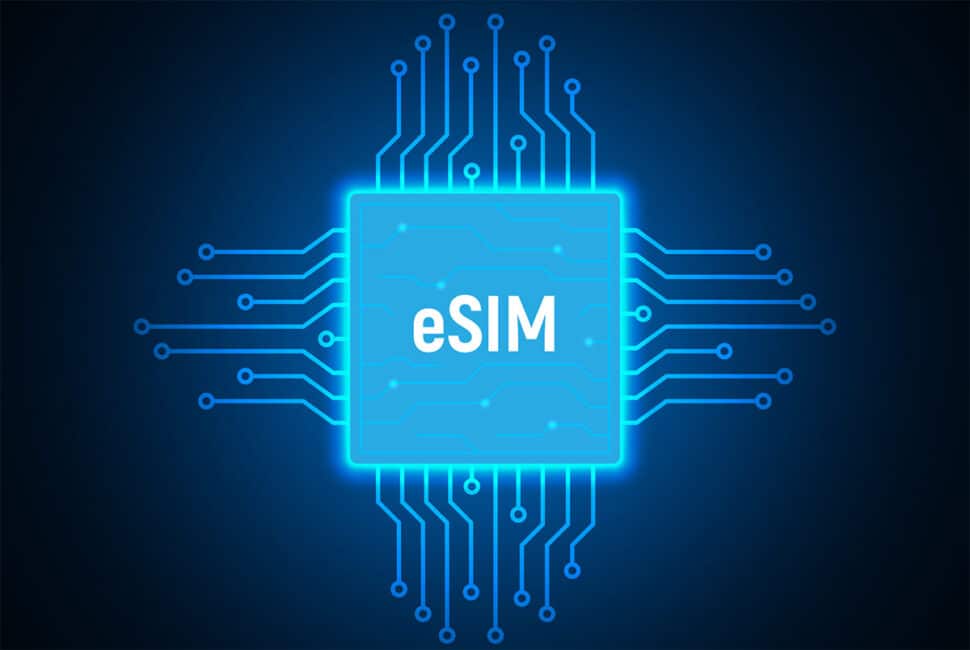What Is eUICC, and How Is It Used?
By Noam Shany
January 13, 2023
The embedded Universal Integrated Circuit Card (eUICC) is a core technology for the Internet of Things (IoT). It is the software component of an embedded SIM (eSIM). With it, IoT device connectivity managers can provision and manage the device’s mobile connection details over the air (OTA).
eUICC is based on a global GSMA-sponsored standard embraced by mobile operators worldwide. This standard enables use cases that require streamlined logistics for devices to move from factory to field and into operation.
Every year, more IoT devices connect to the public internet and private networks. According to IoT Analytics, by the end of 2022, there will be 14.4 billion active connected devices. These devices include everything from smartphones to machines. With continued growth and use in households, offices, factories and the field, experts expect that number to jump to 27 billion by 2025.
Industrial IoT (IIoT) projects require national and international coverage or global roaming capabilities. For example, consider an international trucking company with a fleet that frequently crosses borders. The fleet’s onboard telematics needs IoT connectivity outside the mobile network operator’s home geography.
Other than fixed device deployments within home coverage, maintaining device connections can be challenging and increase overall costs with traditional SIMs. Unlike eSIMs, physical SIMs must be manually inserted into the device’s SIM slot after manufacturing.
In some cases, users must remove and replace to support changes in the network coverage environment. These changes frequently occur, considering IoT device operating life, which can be a decade or longer.

The eUICC standard empowers eSIMs with significant advantages over traditional SIMs. In addition to supporting all new form factors, eSIMs can be programmed remotely and manage more than one connectivity profile.
Remote provisioning and switching between multiple connectivity profiles allow devices to navigate between roaming and coverage restrictions in one profile. This navigation supports local networks (i.e., localization) in a secondary profile and is done remotely through eUICC’s capabilities.
eSIMs enable one stock-keeping unit (SKU) of the device for numerous countries. In most cases, the eUICC SIM will include local profiles (i.e., native profiles) that can support deployment in permanent roaming restriction markets. This solution is usually known as localization.
An eUICC for machine-to-machine connectivity, for example, can store multiple profiles. However, when adding a new cellular carrier profile, it must harmonize with various protocols from other carrier profiles. Using eUICCs may also carry premium costs due to:
Many verticals and use cases require a comprehensive solution for global-local deployments. Such applications will benefit from a combined eUICC and multi-IMSI.
Multi-IMSI technology is key for cellular IoT manufacturers to create devices and applications for global deployment. When a SIM card contains multiple IMSIs, devices can switch carriers and connect to more networks when necessary. From a functional perspective, this creates one SIM with truly global coverage — a feat that isn’t possible with any other solution.

NExTPlus™, powered by Telit Cinterion, is a global SIM solution that uses future-proof eUICC and multi-IMSI capabilities. It enables secure, remote switching between global roaming and local profiles. NExTPlus ensures you’ll only need one SIM for your deployment’s complete life cycle.
Our IoT connectivity plans and SIM cards address small and large industrial deployment challenges in verticals, including:
Discover the benefits of flexible, future-proof connectivity for your IoT deployment. Speak with an IoT connectivity expert and request an evaluation.